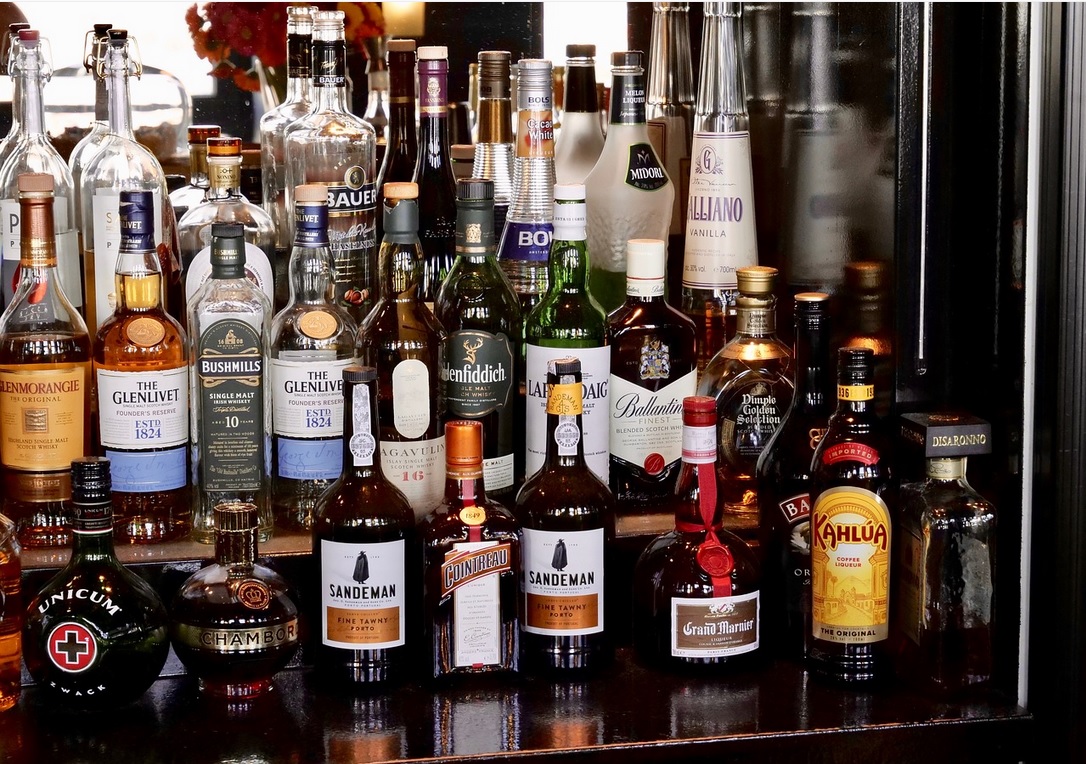
By Oregon Small Business Association Foundation,
A relevant study on product sin taxes comes at a time when Oregon is considering a host of new sin taxes. As we speak, Governor Brown’s PERS task force is recommending a $60 million surtax on liquor, the State Legislator has been looking into taxing vaping products as well as increasing cigarette taxes and Multnomah County has had several soda tax petition efforts.
The Economist takes on “sin taxes” in a recent article, “‘Sin’ taxes are less efficient than they look.” And brings to light new insights on the impact of our behavior with increased taxes on targeted product taxes.
Because demand curves slope down, “sin taxes” change behavior by reducing the quantity demanded. However, for many products subject to such taxes, demand is not especially responsive. For example, as shown in the figure below, a one percent increase in the price of tobacco is associated with a one-half of one percent decrease in sales.
Consumers don’t just choose how much to buy, they also choose where and how they buy products. For example, an increase in the tax on spirits will result in an increase in beer and wine purchases. A tax on pre-sweetened drinks will lead some consumers to add their own sugar to the drink. A spike in tobacco taxes in one state will result in a spike in sales in bordering states as well as increase illegal interstate sales or smuggling. The Economist reports:
After Berkeley introduced its tax, sales of sugary drinks rose by 6.9% in neighboring cities. Denmark, which instituted a tax on fat-laden foods in 2011, ran into similar problems. The government got rid of the tax a year later when it discovered that many shoppers were buying butter in neighboring Germany and Sweden.
State and local governments in the U.S. collect more than $18 billion a year in tobacco taxes. While some jurisdictions earmark a portion of tobacco taxes for prevention and cessation efforts, in practice most tobacco taxes are treated by policymakers as general revenues to be spent in whatever way the legislative body determines. Thus, in practice, there is no clear nexus between taxes levied on tobacco and government’s use of the tax revenues on smoking related costs.
Oregon is increasingly looking to sin taxes to raise large sums of higher revenue
Last year, Oregon governor, Kate Brown, proposed a 10 percentage point increase in the tax on cigarettes as well as steep tax increases on cigars and snuff products. The money from the tax increases was to go straight to the general fund.
This summer, the Bend Bulletin reported on Oregon’s liquor regulators’ play to increase taxes on alcoholic beverages:
Roughly a decade ago, in the midst of the Great Recession, the liquor commission agreed to charge an extra 50 cents for each bottle of liquor (25 cents for mini-bottles) for the 2009-11 biennium. The recession is long gone, but the surcharge lives on. It has been extended every two years even as the state’s economy has boomed.
On July 26, the commission extended the surcharge for the 2019-21 biennium. The money the surcharge will raise during that period, about $38 million, will go to the state general fund and be spent however lawmakers decide. The July 26 decision followed almost no discussion and included a “yes” vote from every, single commissioner present.
Funds from the proposed sugary drink tax in Multnomah County was earmarked for:
… programs primarily serving children in low income communities and communities of color that promote physical exercise, health, nutrition, early childhood education initiatives.
Voters should be cautious of politicians and proposals to impose new “sin taxes” or raise existing ones. Too often the tax has nothing to do with sin and much to do with grabbing more money from taxpayers.
Disclaimer: Articles featured on Oregon Report are the creation, responsibility and opinion of the authoring individual or organization which is featured at the top of every article.


